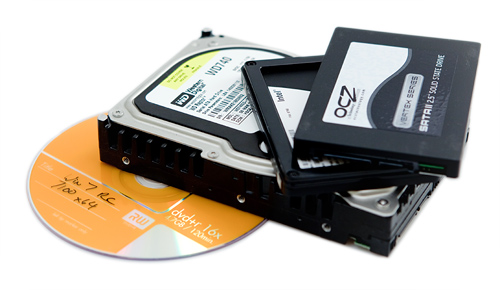Windows 7 HD and SSD Performance Analyzed
Overview
Windows 7 is undoubtedly the most exciting new operating system to come out of Microsoft within the past decade--and with good reason. The user interface is superb, gone are many of the oddball Vista quirks, and the operating system is light and snappy, marking a massive 180 degree shift away from the heaviness and bloat of Vista. Despite the fact that it's based on many of the same core Vista elements, Windows 7 is a different beast, and should be looked at in a fresh new light.
As with any new operating system release, there are a lot of questions with regards to how it will perform on various hardware configurations--one of the more interesting ones being related to disk performance. One of Windows Vista's cardinal sins, in our opinion, was that the operating system was constantly thrashing the system's hard disk. Whether it was trying to do some sort of smart caching or indexing files for searching, it never felt like the operating system would settle down. The disk was always active and performing reads or writes, which meant that whenever you had to actually run a program, you had to fight for disk resources.
This was noticed fairly early on, by large swaths of users, who complained about slow disk performance. Microsoft would eventually release an update to their disk caching algorithms embedded within Windows Vista Service Pack 1, which dramatically helped performance and snappiness of the operating system. However, the problem never felt completely resolved, and in the minds of most users, the damage was done. Windows Vista was, and still is, perceived as a slow operating system in the minds of most power users. One of the first things which most notice about Windows 7 is how "light" the operating system feels. It's quick to load up, it does not spend much time thrashing the hard disk once you're inside the interface, and your hard drive quickly settles down and lets you start working. It feels quicker, due to this fact, and as such, the entire computing experience on Windows 7 is much more enjoyable. All users, from those who use low-end netbooks to high-end workstations, will immediately benefit from Microsoft's new, more lightweight disk usage algorithms.
Today we're going to look at how various types of disks perform under Windows 7, both of the traditional platter based variety and new solid state disks. We're not only curious about how disk performance changes between the operating systems, but if Windows 7's new solid-state specific optimizations and tuning give you even greater performance compared to Vista.







